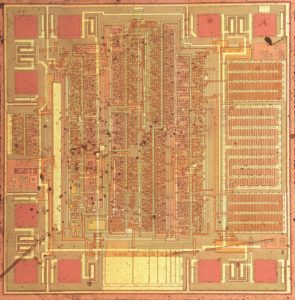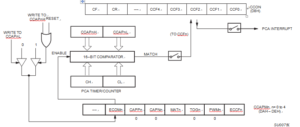Clone Philip Microprocessor P89C638 Flash Program
Clone Philip Microprocessor P89C638 Flash Program can be carried out through the software attack method, To use one of the PCA modules in the capture mode either one or both of the CCAPM bits CAPN and CAPP for that module must be set.
The external CEX input for the module (on port 1) is sampled for a transition. When a valid transition occurs the PCA hardware loads the value of the PCA counter registers (CH and CL) into the module’s capture registers (CCAPnL and CCAPnH).
If the CCFn bit for the module in the CCON SFR and the ECCFn bit in the CCAPMn SFR are set then an interrupt will be generated to copy NXP P89LPC935 MCU Heximal. The PCA modules can be used as software timers by setting both the ECOM and MAT bits in the modules CCAPMn register, see below figure.
The PCA timer will be compared to the module’s capture registers from Clone Philip Microprocessor P89C638 Flash Program and when a match occurs an interrupt will occur if the CCFn (CCON SFR) and the ECCFn (CCAPMn SFR) bits for the module are both set.
All of the PCA modules can be used as PWM outputs. Figure 24 shows the PWM function. The frequency of the output depends on the source for the PCA timer. All of the modules will have the same frequency of output because they all share the PCA timer.
The duty cycle of each module is independently variable using the module’s capture register CCAPLn. When the value of the PCA CL SFR is less than the value in the module’s CCAPLn SFR the output will be low, when it is equal to or greater than the output will be high to facilitate the process of Philip Chip P87C751 Source Code cloning. When CL overflows from FF to 00, CCAPLn is reloaded with the value in CCAPHn. the allows updating the PWM without glitches about Clone Philip Microprocessor P89C638 Flash Program.
The PWM and ECOM bits in the module’s CCAPMn register must be set to enable the PWM mode



